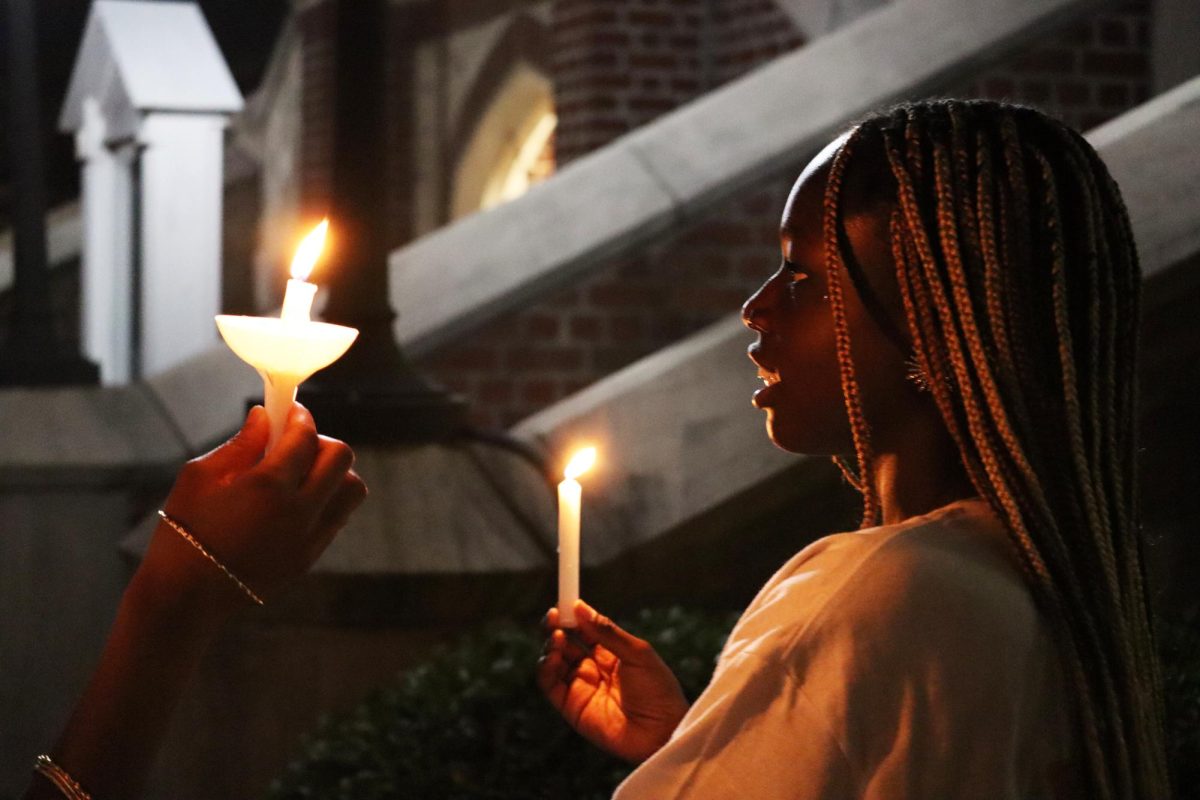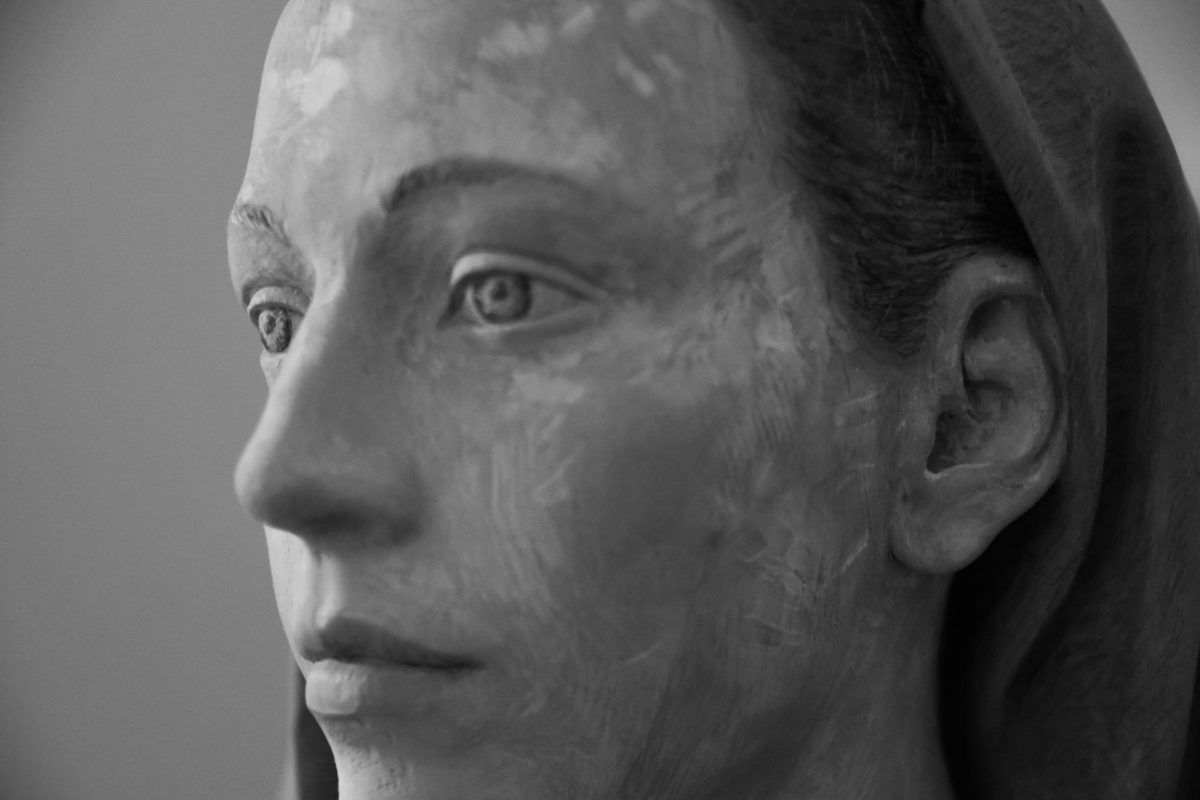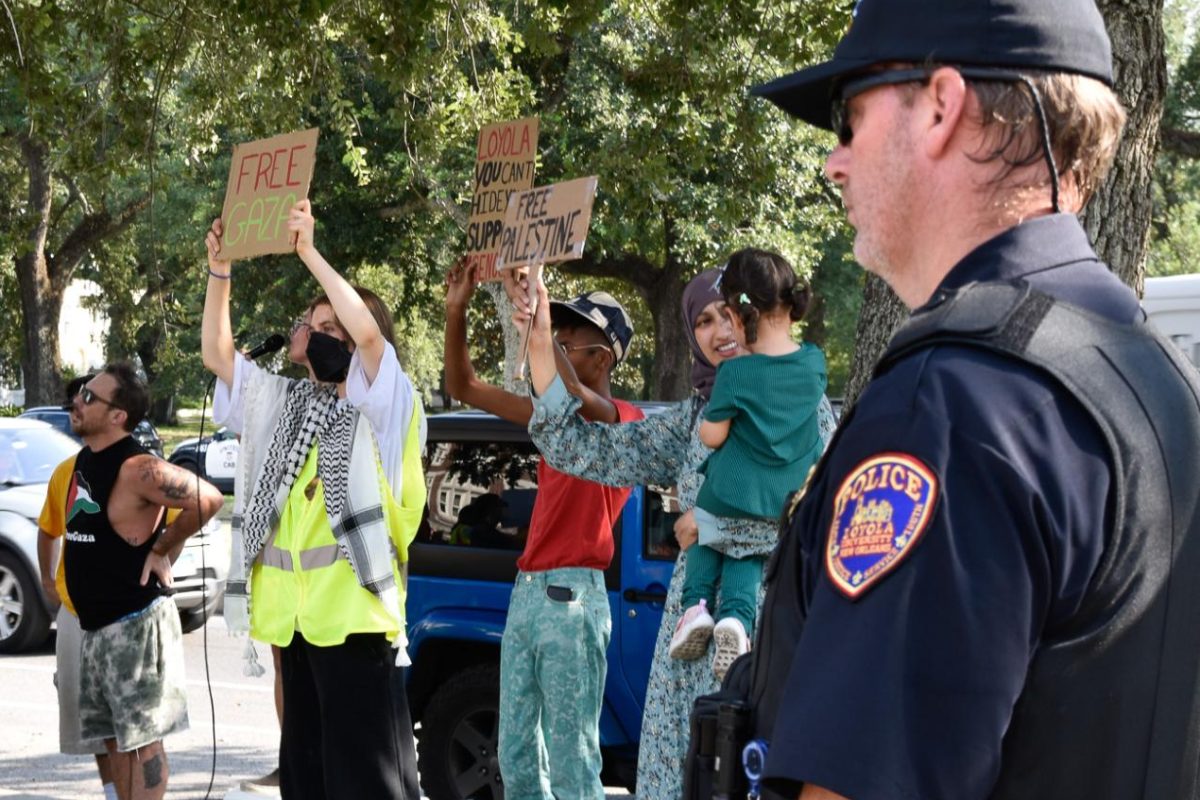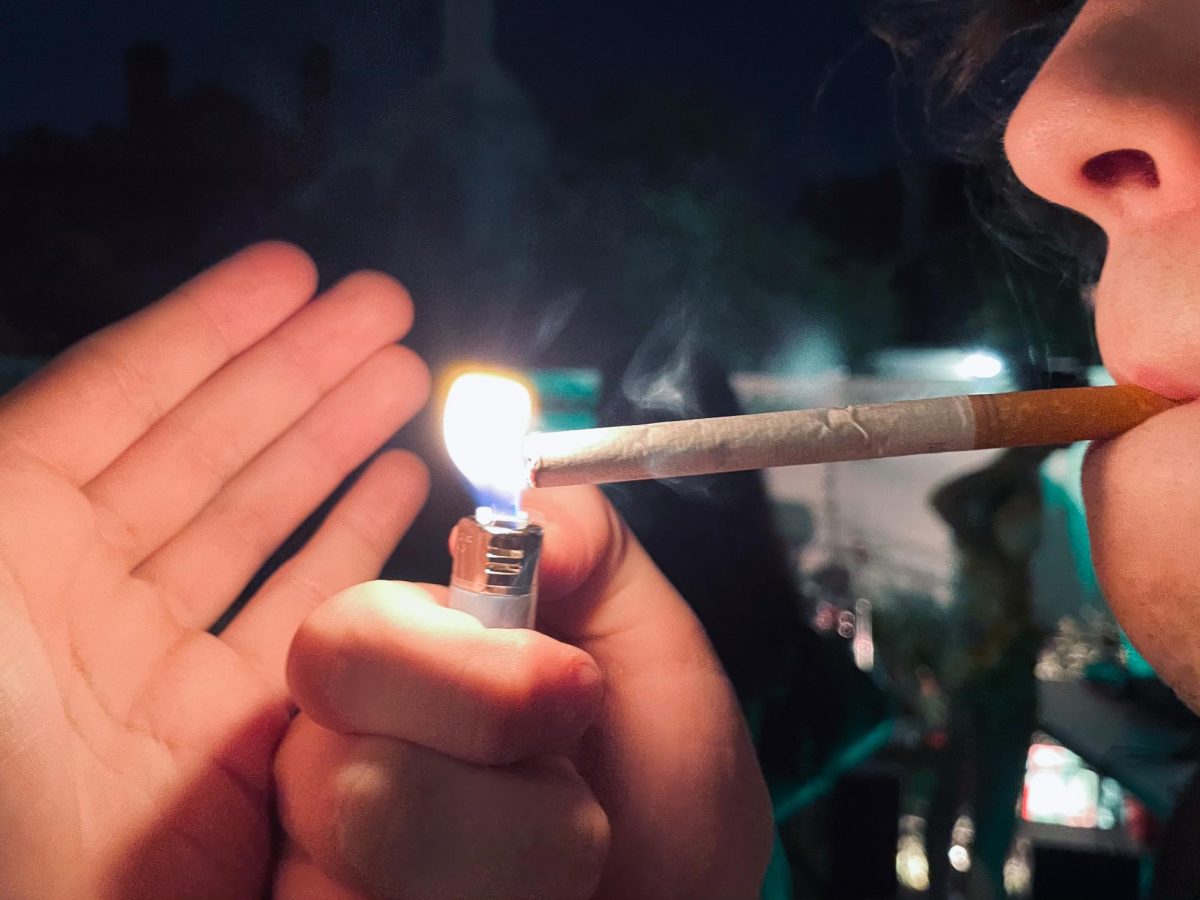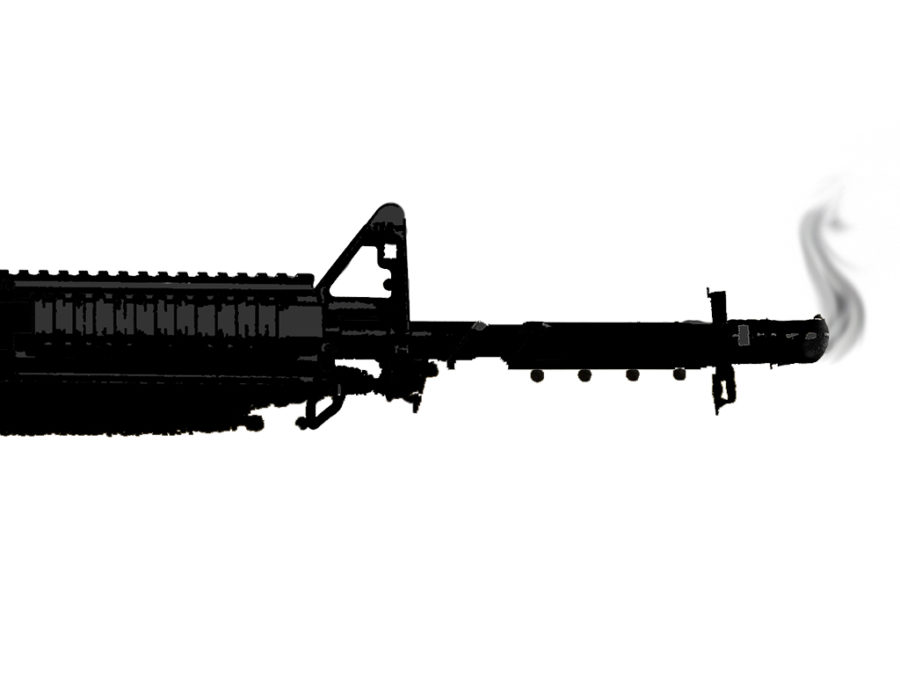Loyola’s bus tours of neighborhoods heavily damaged by Hurricanes Katrina and Rita could be one of a few tours allowed in the areas east of the Industrial Canal if Mayor Ray Nagin passes an ordinance approved by the New Orleans City Council. Council members Cynthia Willard-Lewis and Cynthia Hedge-Morrell sponsored the ordinance to prohibit the for-profit touring of devastated areas east of the Industrial Canal. The ordinance passed on a 5-0 vote. “This is a public safety issue,” said Willard-Lewis in a press release. “Residents are returning home to make repairs on their homes and need to be able to work without extra vehicles on the roadways.”
The mayor has until Monday to either approve or veto the ordinance or else it will become a law by default, according to Danae Columbus, City Council communications consultant.
Loyola’s tours of the city began Jan. 6 and 7 and will be held again this weekend. On one of Saturday’s tours, dozens of students and parents were turned away because of pre-registered seating.
Under the ordinance, Loyola can continue tours because of educational reasons and its not-for-profit status. Groups with intentions to study, lecture, make movies or write books about the area are not considered under the ordinance, Columbus said.
“We view those activities different than a bunch of tourists going to sightsee,” Columbus said.
Robert Thomas, Environmental communications chairman, acted as tour guide for Loyola students, parents and faculty last weekend and said he disagreed with the council.
“I think the City Council is dead wrong,” Thomas said. “I think we need to get every tourist in America down there.”
Julee Pearce, a spokeswoman for Gray Line in New Orleans, said the ordinance would not affect the company because its tours never entered the areas referred to in the ordinance. On Jan. 4, Gray Line, which is owned by Hotard, began touring the breeches of the 17th Street Canal and the London Canal, Pearce said.
“There’s more than enough destruction to go around,” Pearce said.
Pearce said the Gray Line and Hotard buses seen east of the Industrial Canal are transporting people for FEMA-operated, not tourist-related, activities.
Gray Line is charging $35 for adults and $28 for children 12 and under. Three dollars go to one of five hurricane-related non-profit organizations.
Students See Wreckage First-Hand
In between anecdotes and statistics, silence seeped into the tour bus. Occasionally, the click of a camera broke the tension. Most of the passengers were Loyola students and parents from outside the state. The group stared out the large glass windows as block after block revealed the far-reaching effects of one of the worst natural disasters in U.S. history.
“Every once in a while, I’ll ask you to pinch yourself,” said Thomas.
Thomas said he wanted people to take their eyes off the buildings to think about the people who once lived in them. He wanted everyone to imagine his or her own home burned or flooded or missing walls. This was not difficult considering the amount and variety of neighborhoods destroyed by the three levee breeches: 17th Street Canal, London Canal and Industrial Canal.
“The point is, it cut across the socioeconomic [spectrum],” Thomas said.
Michael Jones, music industry junior, said he didn’t think the tour would be as emotional as it was and that he gained a greater social awareness of the situation residents are facing.
For management junior John Corliss, the neighborhoods resembled a war zone.
“The 9th Ward. That was one of the most amazing things I’ve ever seen. It was crazy,” Corliss said.
Claming Calming Environmental and Health Concerns
Having once lived in New Orleans herself, Linda Beck has some concerns for her son Thomas, general business sophomore.
“As a mother, I’m scared,” Beck said.
Beck said she did not think her son’s education would be diminished, but the New Orleans experience would be greatly different. To be safe, Beck said she started her son on a series of hepatitis shots.
Sarah Potter, another mother on the tour, said she appreciated hearing a Loyola professor give advice on potential health issues in the city.
“They seem to be giving us good scientific information on the environmental quality,” Potter said.
According to a four-page report issued in November by Thomas, the uptown area is safe compared to most areas of the city. The report states that the water uptown is safe for drinking and bathing. In terms of mold exposure, people with asthma, respiratory problems and immune-deficiencies should monitor their health. The report also advises people to avoid contact with soil, such as eating or sniffing it, because of possible chemicals or drywall particles in dust and soil.
“If a work crew is sweeping the streets, go inside. If someone is removing dry wall debris or scraping soil off sidewalks, leave the area,” the report said. “Play it safe and don’t expose your body to moist soils or puddles of water. If you do, wash off. If you get an infection, visit the health clinic immediately.”
Naomi King can be reached at [email protected].



